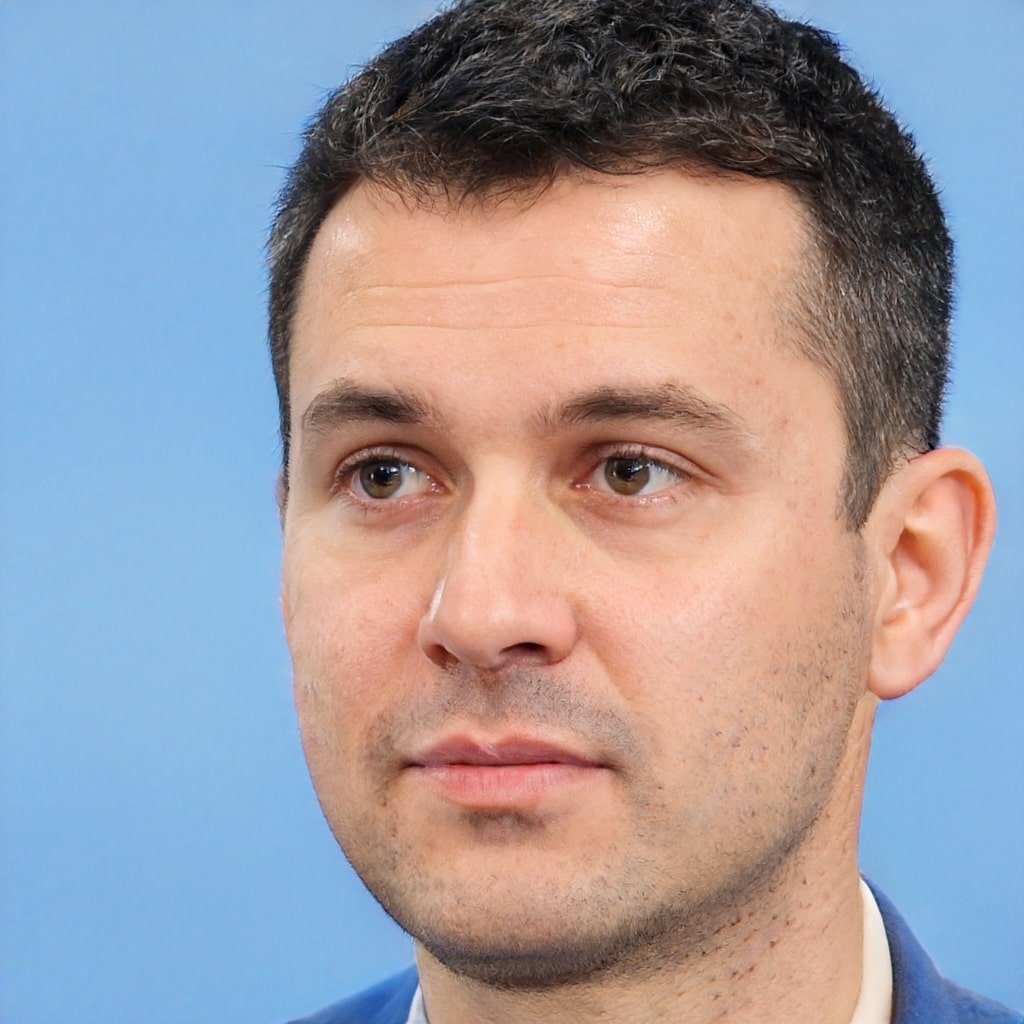Business operations management keeps innovation flowing by empowering employees to suggest creative solutions.
Learn how continuous improvement and process efficiency can work together to boost results.
Innovation is crucial for continued growth and adaptation in today’s rapidly changing business landscape.
However, focusing too narrowly on optimizing operations can inadvertently stifle innovation by strictly enforcing standardized processes. The key is developing a balanced approach that improves business operations while also leaving room for creativity.
What Is Business Operations Optimization?
Business operations optimization refers to the practice of systematically reviewing and improving business processes to maximize productivity and efficiency.
This involves evaluating workflows to identify opportunities for refinement, finding ways to eliminate waste, and leveraging tools like automation to streamline tasks.
While incredibly beneficial, over-optimization can make processes so rigid that you and your employees have little latitude to think outside the box.
When a culture of continuous incremental improvement takes over, more transformational innovations often get left behind.
Maintaining Employee Empowerment
Optimizing without consideration for innovation often stems from an overly top-down management approach where directives come from the C-suite with little input from staff actually carrying out the work.
To avoid this overbearing dynamic, managers should actively solicit ideas and feedback from employees at all levels about ways to improve processes while also encouraging creative solutions. This empowers people by signaling:
- Their voices are valued in shaping how work gets done
- Fresh thinking is welcomed rather than dismissed
This inclusive environment motivates people to share innovative concepts without fear they’ll be seen as distractions from hitting targets.
Demonstrating ideas won’t be flatly rejected because they don’t perfectly fit existing processes can spark inspiration company-wide.
Allowing Flexibility in Standardization
Perfectly smooth operations require clearly defined standards and expectations around everything from quality testing to customer follow-up procedures.
However, allowing some flexibility around rules enables improvisation, without totally abandoning guidelines that lead to consistency.
You can foster structured innovation through techniques like setting aside designated project days for experimenting or establishing “Special Innovation Budgets” for funding original ideas that emerge.
Rather than demanding all energy focus narrowly on core operations, allocate resources specifically for imagination.
Incorporating Reflection into Processes
Continuous improvement models like Lean Six Sigma’s DMAIC methodology promote regularly revisiting finished processes to identify areas for fine-tuning.
While extremely logical, this reflection stage also grants openings to ponder if entire procedures could be re-envisioned.
Building in checkpoints for not just improving activities but reimagining them unlocks breakthrough developments.
| Stage | Traditional Focus | Innovation Opportunity |
| Define | Pinpoint problem | Question assumptions |
| Measure | Gather metrics | Consider ideal scenarios |
| Analyze | Spot inefficiencies | Envision innovations |
| Improve | Refine elements | Brainstorm transformations |
| Control | Monitor consistency | Allow calculated risks |
Evaluation models intended for incremental refinement can spur radical rethinking with an adjusted lens.

The Balancing Act
Maintaining optimized operations while enabling innovation comes down to balance. Systems that grow overly dominant at the expense of creativity lead to stagnation. However, chaos from too much-unstructured innovation causes inefficiencies.
Reaching equilibrium between these poles isn’t always straightforward. However committing to regularly solicit bold ideas from staff, incorporate some flexibility in systems, and leverage process analysis for imagination in addition to improvement helps organizations walk this tightrope successfully. With some careful balancing, businesses can optimize operations for outstanding efficiency without inadvertently squeezing out their innovative capacity. Progress and ingenuity don’t have to be mutually exclusive results; they can work in powerful tandem.










